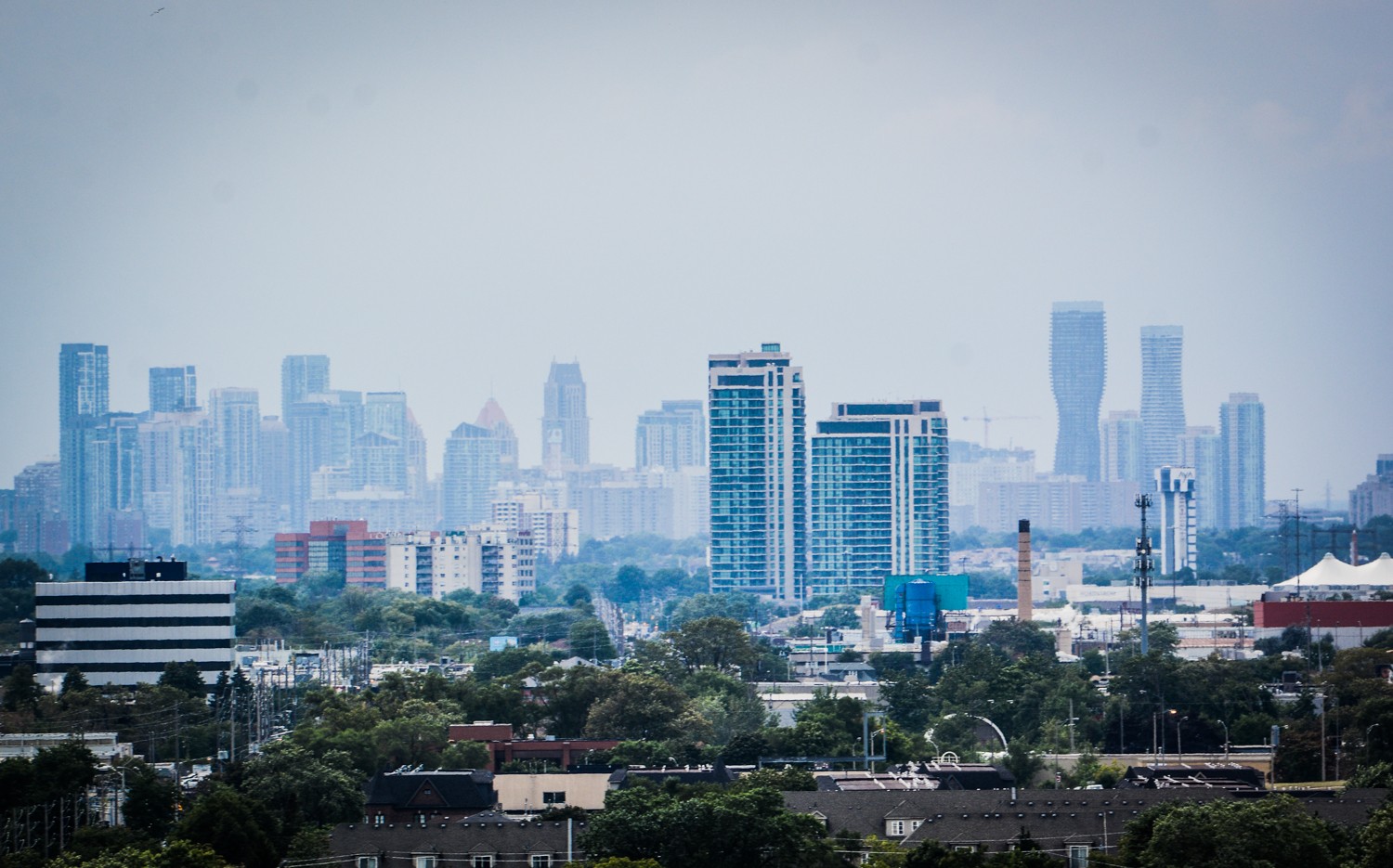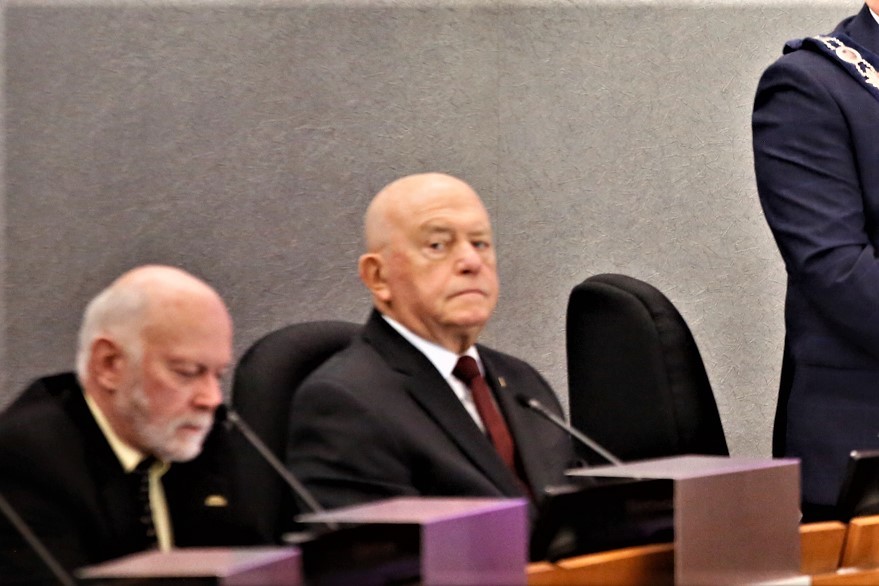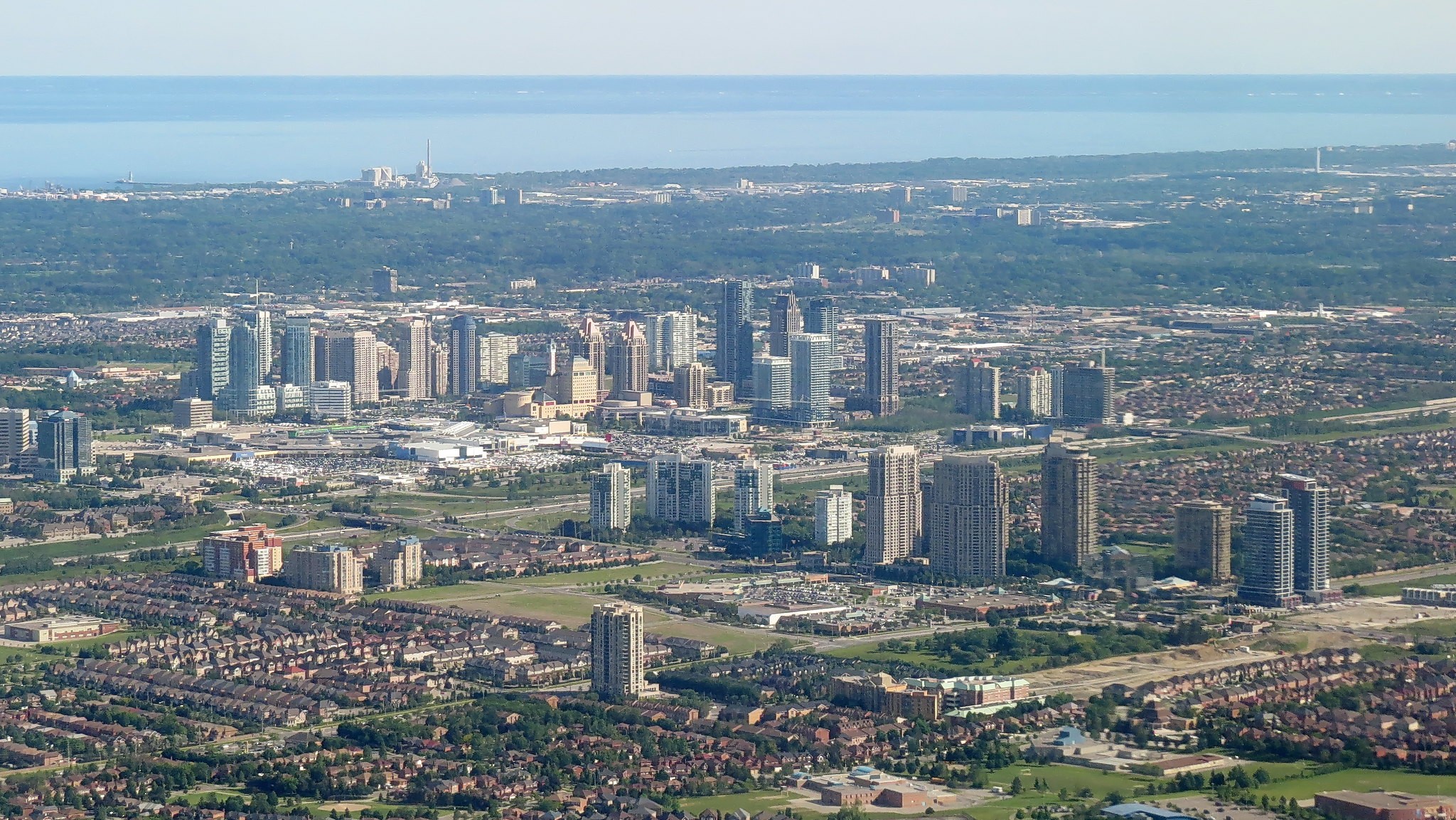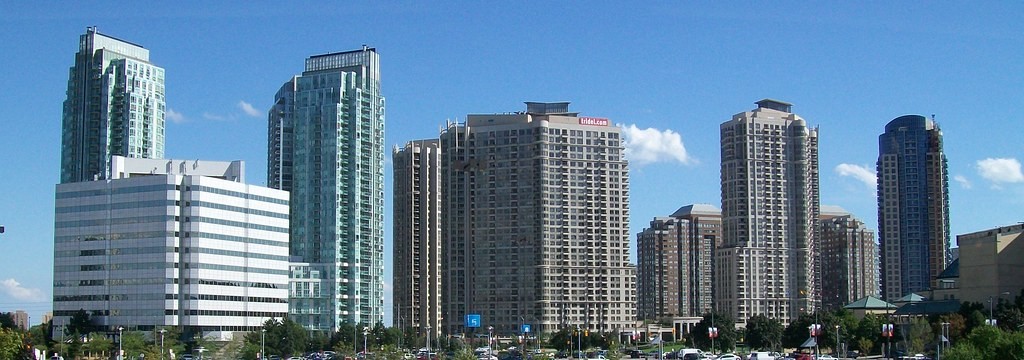
Number of secondary suites in Mississauga could be as high as 30,000, councillor says
The actual number of secondary suites in Mississauga is veiled in mystery, causing issues for both financial and urban planners in the city.
The City of Mississauga has received 163 complaints about possible illegal secondary units throughout the city so far this year. That’s down from 383 complaints in 2018. However, this appears to only scratch the surface of the problem.
One Mississauga councillor believes the scope of secondary dwellings throughout the city is much larger. Mississauga Ward 6 Councillor Ron Starr told The Pointer that data from the city planning department suggests there may actually be between 20,000 and 30,000 secondary units. (The planning department couldn’t verify those numbers, only pointing to the current number of registered units.)

Mississauga Councillor Ron Starr
“That’s a hidden population,” Starr said. “That is another area we have to work at, with the other levels of government. How many people do we really have living in Mississauga, and Toronto, and Brampton?”
The unknown population poses a myriad of problems for Mississauga. The unaccounted for youth can put extra strain on nearby schools who haven’t planned for the extra student population.
“There’s supposed to be 1,000 kids coming out of that area. And you build a school for that. Now you have an additional 200 to 300 kids because they’re living in secondary units, or basement apartments or whatever else. Those 200 or 300, they have to be accommodated at some place,” Starr said.
The extra people also place a strain on city roads and infrastructure (without them paying their fair share of taxes to maintain them), and additionally, these units, especially the illegal ones, are known to be unsafe, not meeting building and fire code regulations.
“Any time our numbers go down, in terms of complaints, it’s always a good thing,” said Fire Chief Tim Beckett. “That being said, [it’s] either one of two things: Either people don’t have them, because of the messages that are out there that we’re actually dealing with the complaints, or they’re just not happening at all.”
The City of Mississauga told The Pointer it was unable to confirm how many illegal units there are within the city. According to the most recent data, the number of registered secondary units stands at 847. Secondary units — for instance, basement apartments or accessory dwelling units — are defined as self-contained living units (consisting of cooking, sleeping and bathroom facilities) within a detached, semi-detached house or townhouse, and must be registered under the City of Mississauga’s Second Units Registration By-Law.

“I would say the reduction in complaints is a good-news story, and we’ll continue to work to what our bylaw and what the Ontario Fire Code requires us to do as it relates to illegal secondary dwellings,” Beckett said.
Illegal secondary dwellings, are “a concern” from a fire and safety perspective. “We know that there are some illegal apartments. The magnitude of illegal apartments, I have no idea. I’d only be speculating as to what they are,” he said. “When we know about them, or when we hear about them, we find them and we deal with them accordingly, as per our bylaw and our requirements under the Fire Code.”
Asked if the market in secondary units is a microcosm of the broader issue of affordable housing in Mississauga, Starr did not disagree. “It’s all part of it. It becomes a different strata of what’s affordable,” he said. According to the Mississauga Real Estate Board, the median price of single detached homes sold in the second quarter of this year was roughly $993,500, compared with $960,000 in the second quarter of 2018. The median price of semi-detached homes sold was $737,000 in the second quarter of 2019, versus $711,500 in 2018.
Starr said council has a plan that focuses on “the missing middle,” as he described it, to deal with the issues surrounding affordable housing and secondary units. “The missing middle is not the people that are, say, at the poverty level, or the subsistence level,” but rather people in between who “really are having a tough time buying their first home, or moving to a second home.” Starr said the city is instituting guidelines for developers and builders that will ensure projects include affordable housing. Council is going to both the provincial and federal government with these guidelines and policies.
The “missing middle” refers to the lack of housing types across the GTA and the need to build other forms of housing, a reality that has been gaining traction for nearly a decade across North America.
Finding the Missing Middle in the GTHA (Greater Toronto and Hamilton Area, a report released earlier this year from the Ryerson University’s City Building Institute highlights several ways cities can begin to shift away from the “tall and sprawl” approach that has dominated for so long, with construction of high-rise apartments or condos at one end of the spectrum and single-family homes at the other.

In fact, the report focuses on Mississauga, which, thanks to its sprawling swath of single-family homes and its mostly land-locked state makes it the perfect test case for creative minds to consider as they explore solutions to house a diverse and growing population.
The study recommends cities focus on infilling existing neighbourhoods with suitable (low-and medium-density) multi-unit residential developments. Creating this middle ground would shape more opportunities for housing and better affordability, the report finds, and perhaps eliminate the dependence on such precarious housing forms like secondary suites.
So how much opportunity for mid-level housing intensification actually exists in a built-out suburban city like Mississauga? Using a set of five criteria for selecting locations—including major planned developments, areas around GO stations, existing community nodes, transit corridors and vacant lands—the study was able to find space in Mississauga to add about 174,000 new residential units in low- and medium-density housing projects. That’s enough to accommodate about 435,000 new residents.
“People are going to a home, or a secondary unit [in a home], probably for two reasons: it’s more ‘homey,’ and two, it’s cheaper. By ‘homey,’ I mean it’s more like a home, a house, etc., rather than trying to get just an apartment in a 30-storey building,” Starr said.
Roman Spektor, general manager of Pathway Non-Profit Community Developments Inc. of Peel, said the landscape for affordable housing in Mississauga is not great. “[It’s] very poor, because very few affordable-housing buildings are [being] built,” he said. Pathway is a non-profit corporation that provides 230 affordable housing units within its two apartment buildings. “The money [is] coming from different levels of government … and the developers have to have incentives to build.”
Starr also noted secondary suites impact other city services and amenities, such as recreational facilities, parks and community programs, which were all similarly designed, based on a certain population. “If you have that extra population, that unknown population, it’s harder to absorb those people in the programs.”
Another factor is that secondary units mean multiple households are living under one roof but paying only one property tax bill. “They’re only paying one tax space,” he said. “We’re losing income as a city, yet we have to provide the services.”
From a safety and fire perspective, illegal secondary dwellings pose a multitude of issues. “If illegal secondary dwellings don’t have fire separations, then we’ve got a problem between dwelling units,” said Beckett. “If they don’t have early detection, that’s linked between the units, a fire may be happening and the people upstairs or the people downstairs don’t even know what’s going on, because of the [lack of] early detection. And then a means of egress: if you don’t have the proper means of egress for this secondary dwelling unit, if a fire does break out, the people may not have an opportunity to find themselves an exit, if it’s blocked or they don’t have a proper means.”
It would appear that so long as the affordable housing crisis remains unresolved, the trend to secondary units, both legal and illegal, will continue.
Email: [email protected]
Twitter: @dancalabrett
Submit a correction about this story


